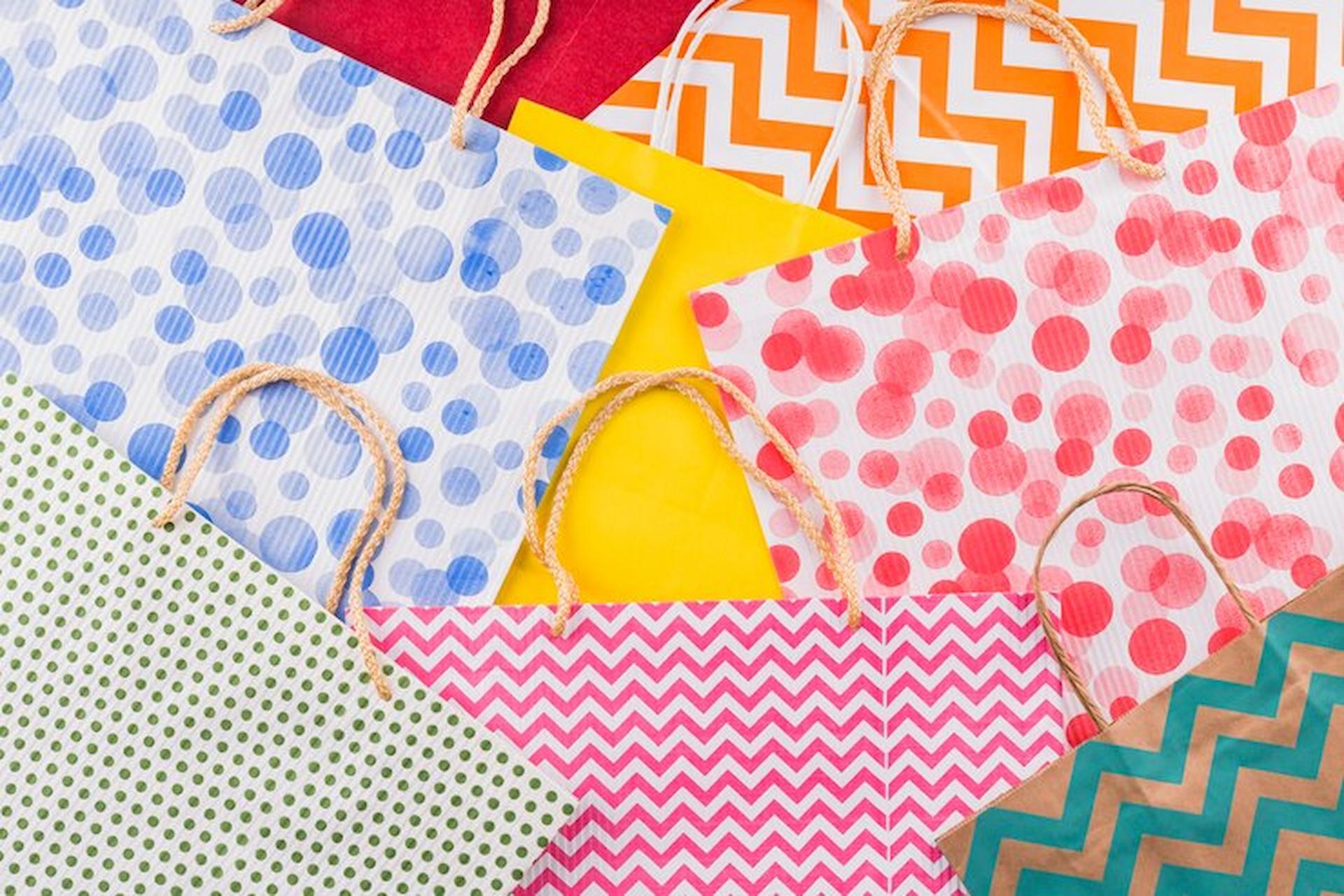
In an era of peak environmental consciousness, the world is witnessing a significant shift towards sustainable alternatives in various industries. One such area experiencing a remarkable transformation is packaging. Traditional plastic bags, once ubiquitous, are now being replaced by eco-friendly alternatives, with paper bags emerging as a frontrunner in this revolution. These bags serve as practical carriers and make a bold statement about sustainability. Let’s delve into how printed paper bags revolutionize packaging and pave the way for a greener future.
The Rise of Eco-Friendly Packaging Solutions
The detrimental impact of plastic pollution on our planet has spurred a global movement towards eco-conscious practices. As consumers become increasingly aware of the environmental consequences of their choices, businesses are pressured to adopt sustainable packaging solutions. Printed paper bags have emerged as a viable alternative, offering a perfect blend of functionality and eco-friendliness. Unlike their plastic counterparts, which pose a grave threat to marine life and contribute to landfill overflow, paper bags are biodegradable and renewable, making them a more environmentally responsible choice.
Advantages of Printed Paper Bags
Printed paper bags offer a plethora of benefits beyond their eco-friendliness. Firstly, they are highly customisable, allowing businesses to showcase their brand identity through vibrant designs and logos. This branding opportunity enhances brand visibility and reinforces the company’s commitment to sustainability, resonating with eco-conscious consumers. Additionally, paper bags are sturdy and durable, capable of carrying heavy loads without compromising quality. Their robust construction ensures that goods remain secure during transit, making them an ideal choice for retailers across various industries.
Innovation in Design and Functionality
One of the most exciting aspects of paper bags is their endless possibilities in terms of design and functionality. Thanks to advancements in printing technology, manufacturers can now create intricate designs with stunning visual appeal. Printed paper bags have become a canvas for artistic expression, from eye-catching graphics to complicated patterns. Moreover, innovations in bag design have led to the development of features such as reinforced handles, gussets, and bottom inserts, further enhancing their functionality and usability. These innovations elevate the consumer experience and contribute to the product’s overall sustainability by extending its lifespan.
Supporting a Circular Economy
Printed paper bags promote a circular economy, where resources are reused, recycled, and repurposed to minimise waste and environmental impact. Unlike single-use plastic bags, which end up in landfills or pollute the oceans, paper bags can be easily recycled into new products or composted to return nutrients to the soil. Businesses and consumers actively participate in the circular economy by choosing paper bags over plastic alternatives, closing the loop on resource consumption and waste generation. This collective effort is essential in building a more sustainable future for future generations.
Consumer Preference and Perception
Environmental concerns and shifting consumer preferences drive the shift towards printed paper bags. Research indicates that increasing numbers of consumers actively seek products packaged in eco-friendly materials. By offering paper bags as packaging options, businesses can cater to this growing demand and enhance their brand image. Moreover, consumers perceive brands that prioritise sustainability more favourably, leading to increased customer loyalty and brand advocacy.
Regulatory Support and Industry Standards
Governments and regulatory bodies worldwide are implementing measures to curb plastic pollution and promote sustainable packaging practices. Many regions have imposed bans or restrictions on single-use plastics, including plastic bags, prompting businesses to seek alternative solutions. Printed, biodegradable and recyclable paper bags align with these regulations and standards, making them a preferred choice for companies seeking compliance while minimising their environmental impact.
Collaboration for Sustainability
Transitioning to paper bags involves collaboration across the supply chain, from manufacturers to retailers and consumers. Suppliers are crucial in sourcing sustainable materials and implementing eco-friendly production processes. On the other hand, retailers can educate consumers about the benefits of printed paper bags and encourage their adoption through promotional campaigns and incentives. By working together towards a common goal of sustainability, stakeholders can drive meaningful change and accelerate the transition to eco-friendly packaging solutions.
Economic Benefits and Cost Considerations
While the initial investment in paper bags may be higher than traditional plastic bags, the long-term economic benefits far outweigh the costs. Printed paper bags are often considered premium packaging options, enhancing brand value and consumer perception. Additionally, the rising demand for eco-friendly products presents an opportunity for businesses to gain a competitive edge and attract environmentally conscious consumers. Moreover, as plastic bag production and disposal costs continue to rise due to environmental regulations, paper bags offer a cost-effective alternative in the long run.
Conclusion
Printed paper bags represent a transformative shift towards sustainable packaging practices driven by environmental concerns, consumer preferences, and regulatory mandates. By embracing this eco-friendly trend, businesses can mitigate their environmental impact, reap economic benefits, and enhance their brand reputation. As the demand for sustainable packaging continues to grow, paper bags are poised to play a central role in shaping the future of packaging. We can create a greener, more resilient planet for future generations through collaboration, innovation, and a commitment to sustainability—the time to embrace paper bags as the cornerstone of sustainable packaging.
